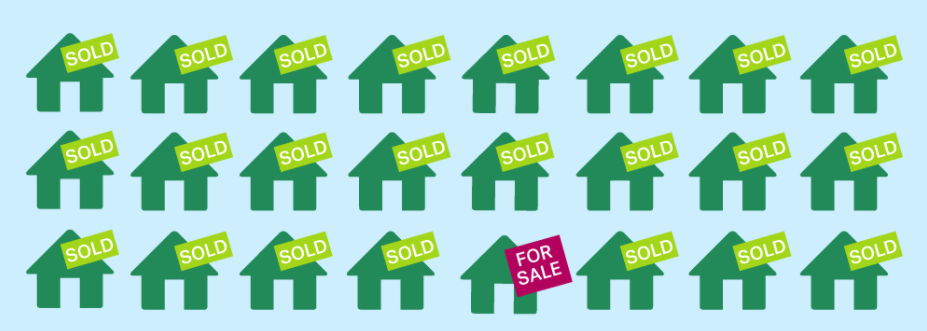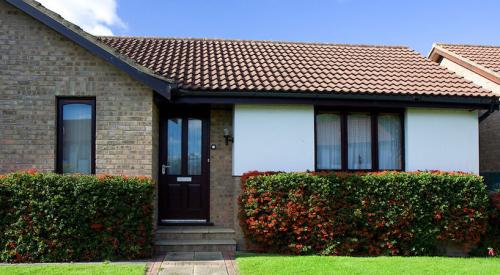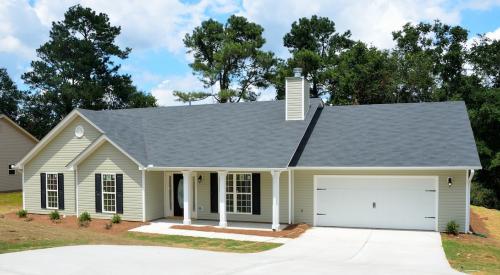Economic fundamentals illustrate how low supply, coupled with steady demand, pushes prices on virtually any consumer good. Unfortunately for prospective home buyers, the U.S. housing market in its current state is a prime example of diminishing inventory and worsening affordability. Per Trulia.com, the number of for-sale homes financially accessible to first-time homebuyers dropped 12.1 percent over the past year. Buyers looking to purchase these entry-level homes paid 1.9 percent more of their incomes, on average (Image: Courtesy Trulia).
Inventory issues disproportionally affect cheaper homes, ironically pushing home prices in a market requiring affordability the most. Starter homes represent just 25 percent of available inventory nationwide, while premium homes comprise 50 percent of the market. Now, households must spend nearly 39 percent of their monthly income to purchase a starter home, up 1.9 percentage points from last year.
On the other hand, trade-up home buyers spend 25.5 percent of their incomes while premium home buyers spend 13.9 percent, revealing relative affordability at the top. Even so, trade-up homes are also on the decline, dropping 12.9 percent in the past year alone. On a higher level, total housing inventory fell for the sixth consecutive quarter, dropping 9.1 percent year-over-year.
California is currently suffering the dramatic effects of low supply in the starter home category. Sacramento, San Francisco and San Diego ranked in the top 10 cities with worsening affordability among less expensive homes between 2012 and 2015 and from 2015 to present day. Consider how low inventory impacted first-time homebuyers in the Golden State over the past four years:
San Francisco
Compared to just three years prior, first-time home buyers in the City by the Bay needed 6 percentage points more of their income in the last quarter of 2015 to afford a home purchase. In the past year, the share of income needed to buy starter homes in San Francisco increased another 5.7 percentage points. In the greater San Francisco-Redwood City-South San Francisco metro, starter home prices lifted 7.4 percent year-over-year, hitting a median list price of $751,333 this quarter – despite inventory increasing 3.1 percent over the past year.
Sacramento
Entry-level buyers in Sacramento were forced to dig even deeper into the budget, with a startling 7 percentage point increase of income needed to purchase a home at the end of 2015 compared to the final quarter of 2012. Today, homes for sale in Sacramento require an additional 5.7 percentage point share of first-time buyer incomes. Although the Sacramento metro starter home inventory increased a negligible 2 percent since last year, entry-level list prices grew 13.3 percent to a median $239,300 during the same one year period.
San Diego
San Diego’s affordability in the entry-level segment worsened by 7.6 percentage points between 2012 and 2015. Since last year, buyers needed an additional 5.6 percentage points of their income to afford for-sale homes in San Diego. The median list price in the final quarter of this year for the San Diego metro grew to $361,333, up 10.2 percent since 2015. Meanwhile, starter home inventory in San Diego fell 80 percent between the first quarter of 2012 to the first quarter of 2016.
The table below shows trends nationwide:
(Table: Courtesy Trulia)
Four years ago – when the national housing market hit its bottom – starter homes were readily available. Today’s data proves first-time buyers face difficulties in sticking to a reasonable budget, but the market remains navigable. Until new construction softens conditions at the lower end of the market, finding affordability in California requires due diligence, flexibility and a little elbow grease.













